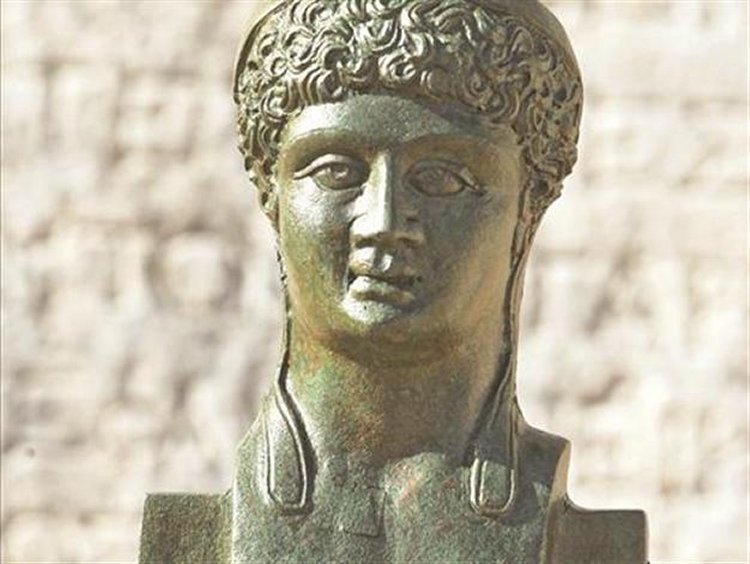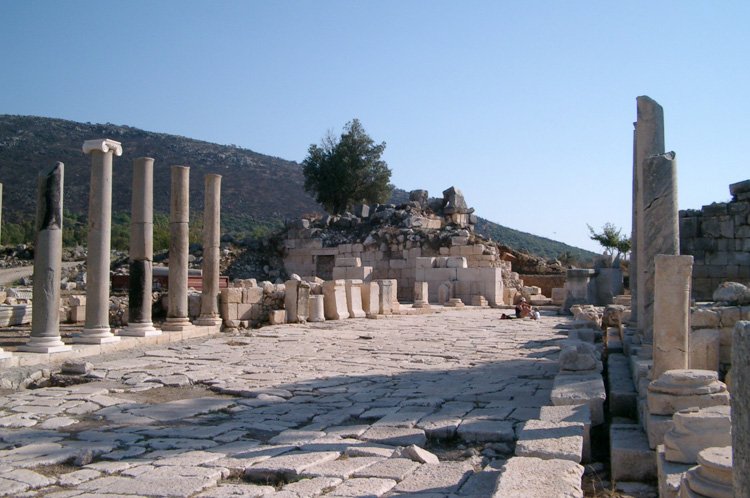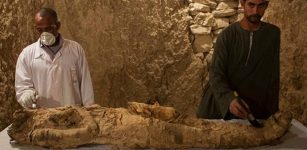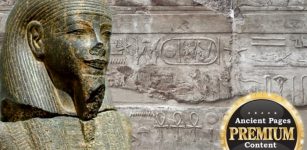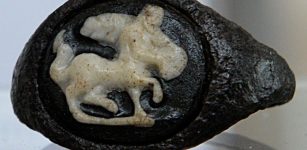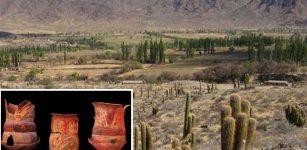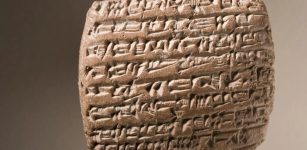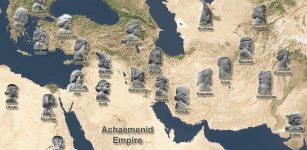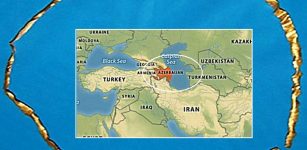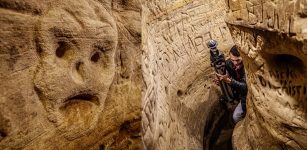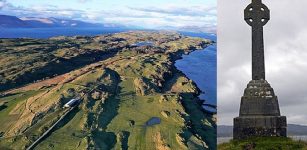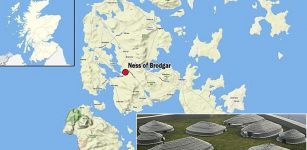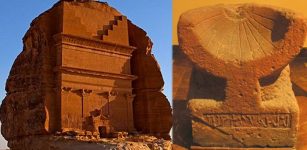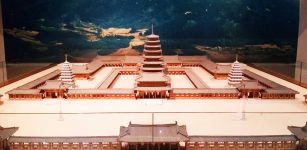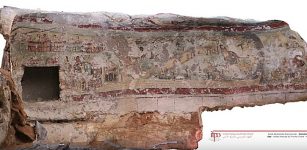Patara -‘The Chosen City’ Of Ancient Lycia
A. Sutherland - AncientPages.com - Patara - one of the six big cities of the Lycia Union - is an ancient city with a long history. Long-lasting archaeological excavations in Patara have brought the city's history to light.
Located in the southern province of Antalya, Turkey, the ancient site revealed many secrets.
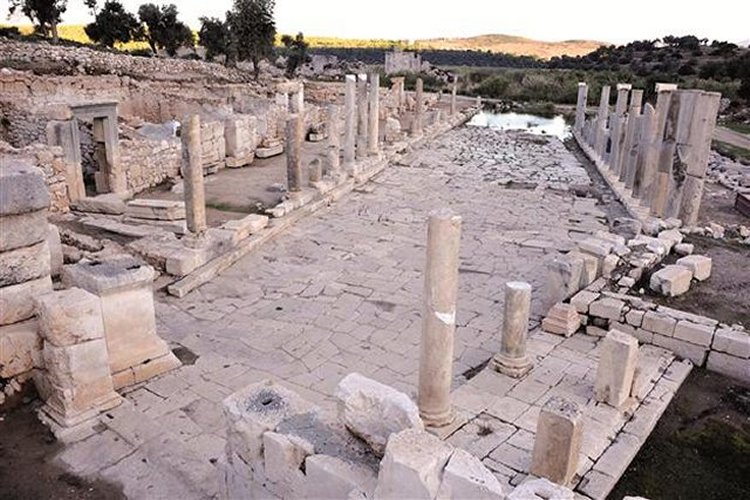
Long-term excavations at Patara. Last year the works focused on the Basilica, the Liman Hamam, the Palestra, the Tepecik Acropolis, and the Ancient Lycia Waterway. DHA Photos
Recently uncovered artifacts are, for example, a seal owned by the Egyptian king Ptolemares and his wife Arsinoe and the statuette of the goddess Asteria, the dark Titan goddess of nocturnal oracles, prophecies, the falling stars, and necromancy.
The Titans were a race of giants who ruled the Earth until overthrown by Zeus and the Olympian gods during the battle of the gods called the Titanomachy. Asteria was the daughter of Coeus and Phoebe from the very first dynasty of Titan gods.
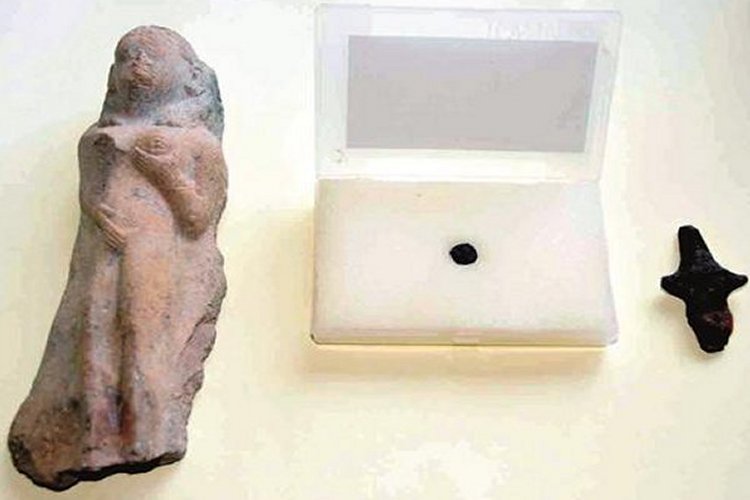
A 3,000-year-old figurine, a goddess statue, and a coin are among the most important findings in excavations in Antalya’s ancient city of Patara. DHA photo
Additionally, archaeologists unearthed a Lydian coin dating back to 610-570 B.C. and a figurine from 3,000 B.C. These findings that date back to the 7th century BC has given us reason to bring Patara's history back even further.
Many historical personalities lived or visited Patara. After conquering Lycia, Alexander the Great wanted to seize Patara harbor, and finally, in 333 BC, he had in his hands both the city of Patara, along with the rest of Lycia. During excavations bronze projectile with the words "belonging to Alexander" was unearthed among other artifacts.
"There were traces of fire around the slingshot bullet so we understand that the garrison resisted Alexander the Great, who conquered the majority of Lycia without fighting," Işık said.
The pharaoh of Ptolemaic Egypt, Ptolemy II Philadelphus, was also among those who loved Patara, and the famous Hannibal fled Rome and took refuge in Patara. Mithradates VI. Also, Marcus Junius Brutus lived in Patara.
During the Wars of the Diadochi, which occurred between 322 and 275 BC, Patara was occupied in turn by Antigonus and Demetrius, before finally falling to the Ptolemies.
Strabo informs us that Ptolemy Philadelphus of Egypt, who enlarged the city, gave it the name of Arsinoe (Arsinoë) after Arsinoe II of Egypt, his wife and sister, but it continued to be called by its ancient and famous name, Patara.
During the Roman period, Patara was the judicial seat of the Roman governor, and the city became the capital of both the Lycian and Pamphylian provinces at one time. Patara was frequently called "the chosen city" and "the metropolis of the Lycian nation."
Up to now, many statues have been uncovered in Patara. One of them is a bronze Hermes statue from the Roman era, which was unearthed during excavations and restored at the Antalya Museum, Turkey.
The four-meter long head statue - estimated to date back to the period of Emperor Constantine - is particularly unique both in Turkey and the world.
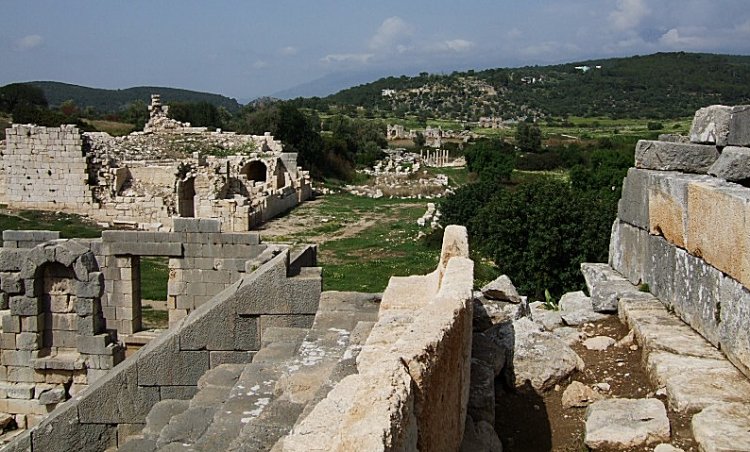
Patara's city ruins from the top of the theatre. Photo source
Following the uncovering of the statue, it was observed by many that the statue looked like the modern-day people of the region.
The recently unearthed coin represents one of the secondary emission coins printed right after the first coin in history. It is the earliest coin discovered in the Lycia area. There was also a road guide monument that we found many years ago.
It shows the distance between all of the cities of Lycia. A milestone of this monument is also among this year’s findings, according to Professor Havva Iskan Isik, head of the excavations in Patara.
Written by – A. Sutherland - AncientPages.com Senior Staff Writer
Copyright © AncientPages.com All rights reserved. This material may not be published, broadcast, rewritten or redistributed in whole or part without the express written permission of AncientPages.com
Expand for references
